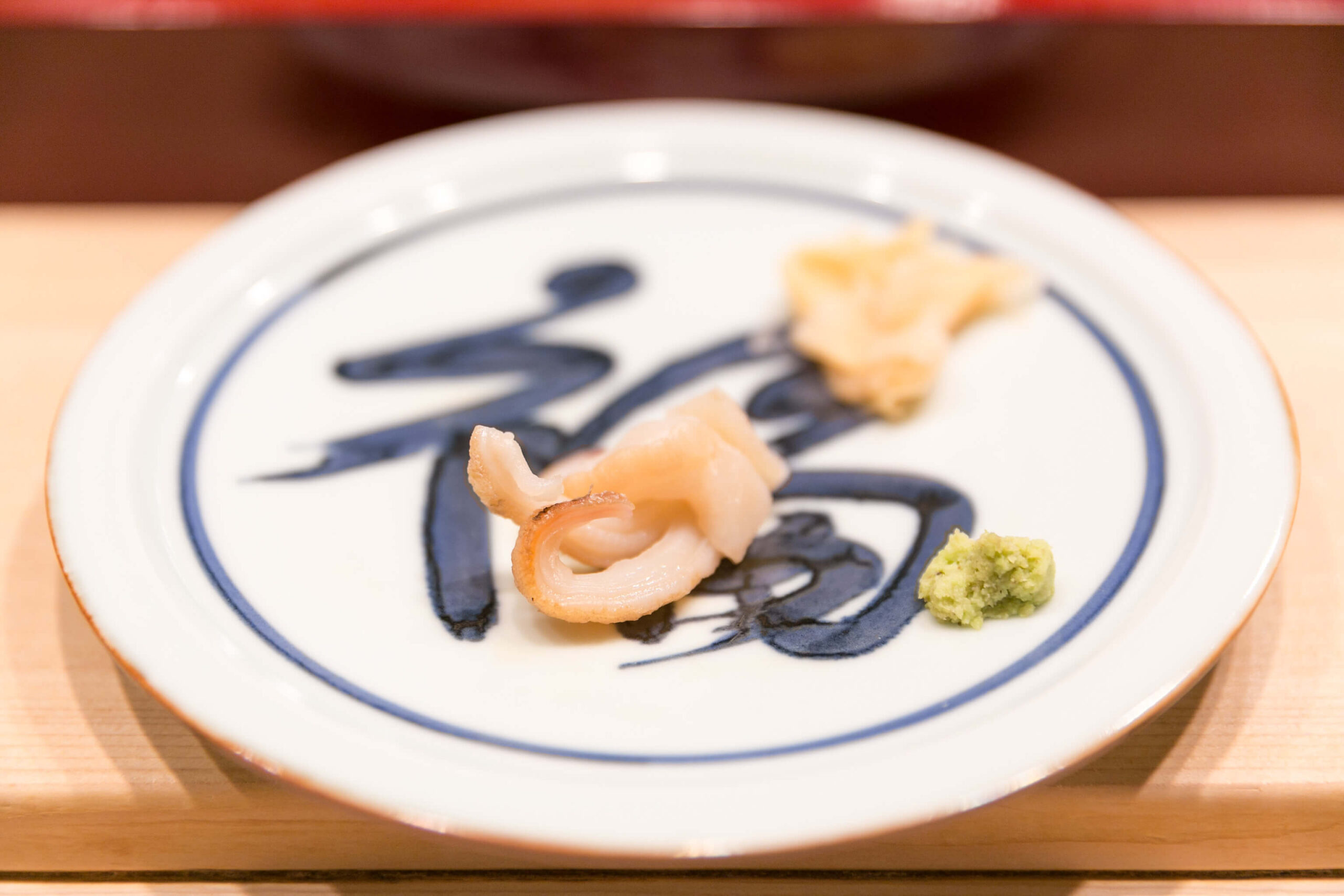
Guidac clam and guidac pickers
Geo duck, king clam, mirugai, giant clam, elephant clam, or geoduck are all names for guidac that tell us about the unique characteristics of this edible clam.
Where do they live and what are Geoducks valued for?
Whatever you want to call them, these strange looking, mighty clams have an excellent taste profile and are an extremely nutritious animal source food.

These mollusks are found in the northern part of the Pacific Northwest, along the coast of British Columbia to Alaska. Guidaki burrow into sand or gravel in the coastal waters of the ocean to a depth of up to a meter. But at low tide, they find themselves in beach areas.

Of course, these are far from the only molluscs in the world that are valued in the food market, but they are the longest-lived animals of their kind - an average lifespan of more than 100 years. They can also grow to enormous sizes. It was reported that these marine mollusks can reach one and a half meters in length and weigh more than three kilograms.

Guidac is appreciated by its fans for its unique crunchy texture and clean taste. The seafood delicacy is especially prized in Hong Kong, China and Japan, where high prices require careful cooking methods. They are often eaten in a sashimi style or cooked in a Chinese hot pot.

In Korea, it is also not uncommon for chefs to serve geoduck raw, with hot chili sauce, in spicy soups, or with fried potatoes. In Japan, guidak or mirugai (giant clam) is used to make sashimi and sushi.
Video: guidak production
This video from travelgide.ru is about how Guidacs are collected (caught) in USA. You should be aware that the collection and cultivation of these valuable shellfish (the price can reach $ 200 per specimen) is tightly regulated and licensed in order to prevent overexploitation.

